Acclaimed Irish author James Joyce isn’t a name that typically leads minds to movies. Although he opened the first film theater in Dublin, the Volta Cinema, Joyce’s literary accomplishments are more well known. Whenever his name is mentioned in connection with motion pictures it’s usually regarding the difficulty adapting his books Ulysses and Finnegans Wake. Although one or two attempts have been made, neither novel is widely considered filmable, which is odd since both owe elements of their existence to the then-emerging medium of motion pictures.
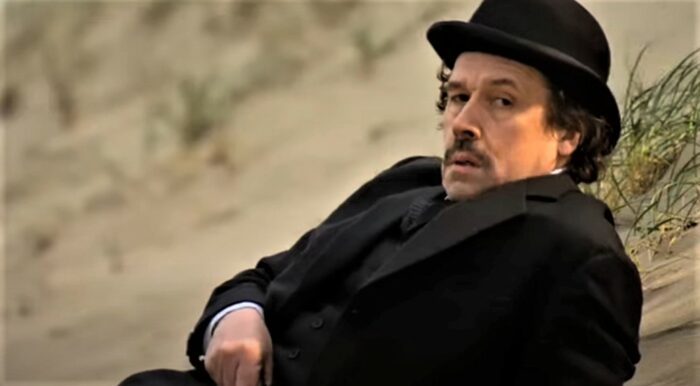
Movies have become a part of the everyday ordinary. After over a hundred years few know life without some form of film in it. However, Joyce lived during the last period before this art form became culturally predominant. As such, he experienced the evolution of film as well as its impact firsthand. The closest contemporary equivalent are the previous generations who grew up prior to the omnipresence of the internet. The point being, James Joyce’s Ulysses, in a sense, serves as a starting point for the saturation of cinema into the cultural landscape. In essence, movies so profoundly impacted society they changed the way people wrote fiction.
Consider, he’s not the only writer to be struck by early films. After seeing The Cabinet of Dr. Caligari, Virginia Woolf, another important literary innovator, wrote an essay entitled “The Cinema.” In it, she explored the pitfalls and potential of the seventh art. Woolf wrote, “it seems plain that the cinema has within its grasp innumerable symbols for emotions that have so far failed to find expression.” Yet, she also decried the surface-level shallowness of movies, their inability to truly convey internal matters.
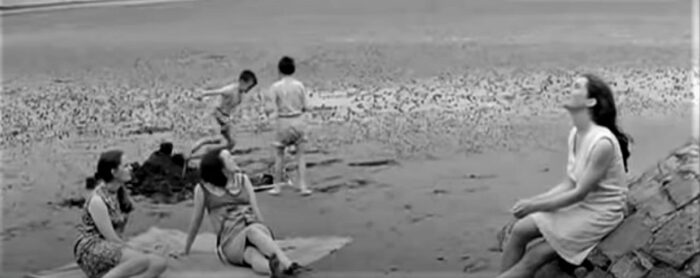
So, while it’s safe to say early 20th century writers were stirred to new ideas by film, they perhaps saw within its limitations avenues to enrich their own artistic expression. The most potent of these potential tools being what became known as the Kuleshov Effect. A means of montage (derived “from the French meaning ‘assembly’ or ‘editing’”), it involves “the idea that two shots in a sequence are more impactful than a single shot by itself… that allows viewers to derive meaning from the interaction of two shots in a sequence.”
Pioneering film theorist Lev Kuleshov demonstrated this effect by showing a face immediately followed by an image. First, he showed the face then a child in a coffin. Next, the face followed by a bowl of soup, and finally the face before a beautiful woman. Although the face never changed, viewers consistently believed the expression conveyed sadness, hunger, or lust relative to whatever image followed.
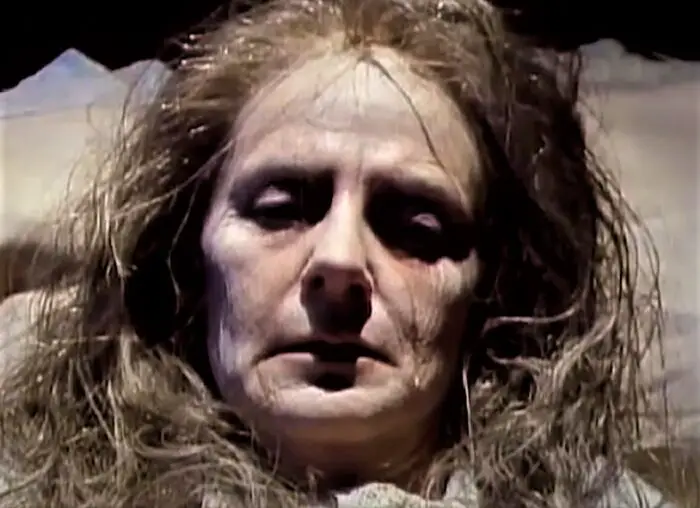
Nowadays, Kuleshov’s effect is a tenet of basic editing technique. One shot cuts to another to convey a specific impression. Tom Cruise walks into a bar, looks around then smiles, and when the editor cuts to Jennifer Connelly bartending, the audience understands she’s what made him grin. In this regard, it’s the basics of a reaction shot, but the effect also allows for establishing mood as well as emphasis on what matters.
Within the first few pages of Ulysses we already begin to see this prose Kuleshov occurring. The character of Stephen Dedalus observes the wash basin his friend is rinsing a razor in. For Stephen, it calls to mind his departed mother who broke a similar bowl while dying horribly. Looking out at the sea stirs recollections of the “green sluggish bile which she had torn up from her rotting liver by fits of loud groaning vomit.”
Such opening examples prime a reader for future instances which often become broad, stream-of- consciousness prose. Text moves quickly from one set of images to another, in essence, jump-cutting to fresh ideas which create psychological connections and poetic metaphors. Strolling nuns fiddling with their rosaries conjure notions of barbed wire preventing carnal access to young ladies. Objects such as a bar of soap have sing-song exchanges dialoguing with drunks. In a part of Ulysses known as “The Oxen and the Sun”, a distinctly medieval language and Arthurian imagery turn a sloppy evening into something more noble than shouting drunks.
The scene calls to mind the article “On the Foundations of Cinema” by Yury Tynyanov which provided “a comparison of cinema not with prose, but with poetry.” This poetic potential and the dream logic for which it allows could easily give license to an author about to experiment with the written word. This leads easily into the observations made in John McCourt’s book Roll Away and the Reel World: James Joyce and Cinema, wherein McCourt looks “closely at both the author’s texts and the ‘medium-icity’ of cinema itself…. [concluding] there has always been an ‘unending process of “recirculation” or even “metempsychosis”’ between Joyce’s works and the film culture which inspired him.” Metempsychosis, though associated with reincarnation, in a Joycean sense concerns “the ability to imagine the different forms that one’s life can take” and what is cinema except an opportunity to live lives other than our own?
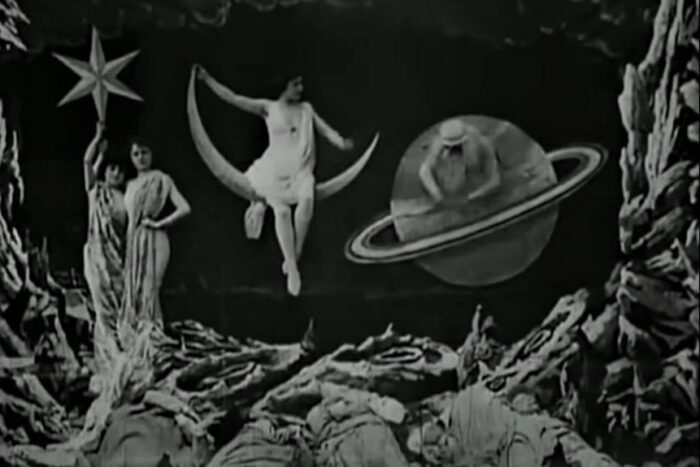
As movie makers like Georges Méliès pioneered narrative films and special effects, they allowed dreamlike stories full of phantasmagoric imagery to come alive onscreen. Having traded stage illusions for cinematic conjuring, this magician turned moviemaker created astonishing silent features such as A Trip to the Moon (1902) and 1904’s The Impossible Voyage. It’s been observed that “the fascination with metamorphoses and the animation of objects central to the films of Georges Méliès… have been seen as shaping forces on the ‘Circe’ or ‘Night-town’ episode of Ulysses, with its transformations of bodies between sexes and species and its animated objects.”
As characters enter Dublin’s red-light district, the text changes sharply from prose to an outright script. Stage directions dictate actions. Hallucinatory experiences abound as excessively intoxicated individuals are troubled by subconscious anxieties made manifest. In a way, events call to mind scenes from Terry Gilliam’s Fear and Loathing in Las Vegas, only with more Catholic guilt.
From the electrotachyscope to the Lumière brothers’ Cinématographe, early motion pictures were the beginning of a new form of expression, a fresh amalgamation of science and art, but also something of a competitor whose secrets were worth mimicking if not outright stealing. As Picasso said, and Quentin Tarantino has echoed, “good artists copy, great artists steal.” Not so much a plagiarist’s theft, Joyce’s adaptation of montage into a literary technique built on the shoulders of a rising giant.
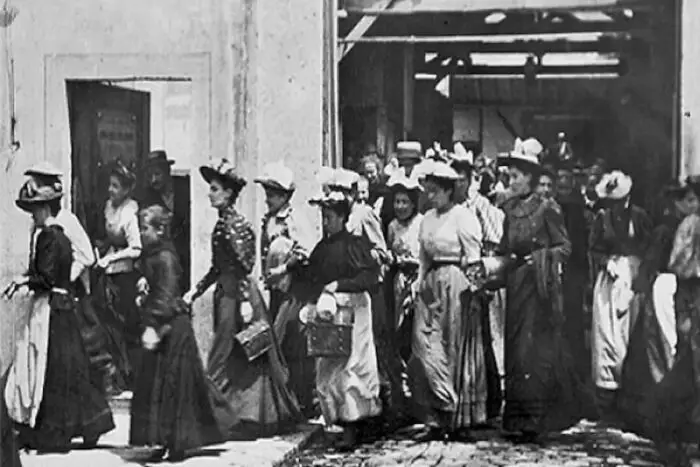
Early cinema showed that evocative imagery presented in quick sequence elicited any variety of reactions, and drawing on this notion, Joyce wrote Ulysses in an allusive manner that proved the Kuleshov Effect could happen in prose as well motion pictures. Furthermore, movies showed audiences could follow seemingly disconnected concepts to concrete emotional and psychological notions. It’s just a matter of presenting the right images to help a viewer or reader jump to a conclusion. Moreover, cinema did what all great art does: it made the familiar extraordinary.
Consider some of the earliest motion pictures. The Lumière brothers toured around showing titles such as Men and Women Employees Leaving the Lumière Factory, Arrival of a Train at the Station of La Ciotat, The Baby’s Lunch, The Sprinkler Sprinkled(!), and Boat Leaving the Harbor. The titles are the plots, yet the simplicity of these pieces undersells the marvel.
Nowadays, audiences lose their mind, even seem to feel insulted, when computer-generated images aren’t absolutely lifelike. The expectation of the fantastical made real is so ingrained, entitled audiences forget when simply seeing moving pictures was a breathtaking spectacle. The chaotic bustle and grandiosity of a metropolis, visibly alive for the first time. Audiences could watch a scene featuring pedestrians on a street and grow aware of the wider world around them. But in the early days of cinema, someone like Joyce would’ve seen the familiar made strange as well as the potential in making the ordinary extraordinary.
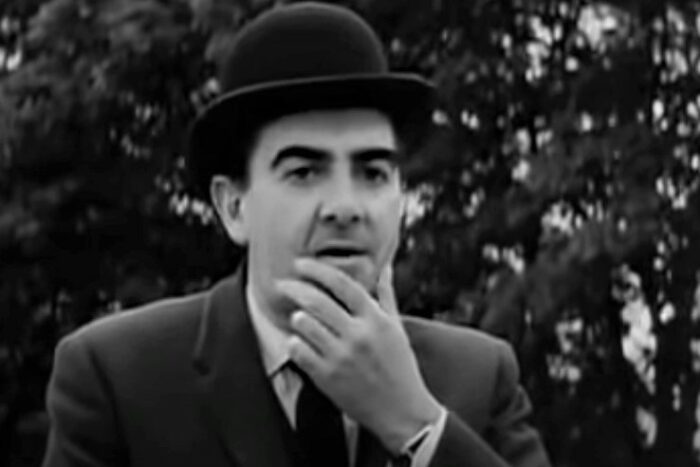
Despite the mythological implications of its title, Ulysses isn’t a grand adventure story. It mostly follows Leopold Bloom through the course of one day in Dublin. He’s not a particularly amazing individual, and does nothing at all heroic throughout the novel. He’s simply a man, who goes to work, afterward gets drunk, and goes to bed. Yet, what makes the story compelling for a reader is the insight into Bloom and others’ interior lives, the noble fantasies, villainous daydreams, and all manner of secret thoughts people have.
That interiority echoes ideas found in The Photoplay: A Psychological Study, an early example of film theory written by psychologist Hugo Münsterberg. In that book, Münsterberg wrote, “It is as if the outer world itself became molded in accordance with our […] passing memory ideas. […] [J]ust as we can follow the reminiscences of the hero, we may share the fancies of his imagination.” Unfortunately, how one shares such fancies leads to problems when it comes to adaptation.
Despite utilizing one or two techniques from cinema, Joyce’s novels aren’t easily translatable to film. Although that hasn’t stopped a few folks from trying. John Huston did an excellent job adapting a the last story in Joyce’s collection Dubliners into The Dead (1987), but that story is a more traditional narrative. It didn’t have to hurdle any experimental prose to make it on screen.
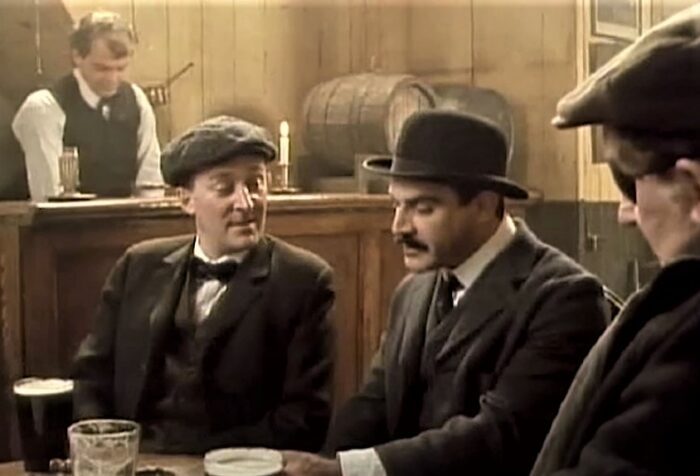
A 1967 adaptation of Ulysses exists, and it earned an Academy Award nomination for Best Adapted Screenplay, but it isn’t that good. It certainly provides the plot and attempts to conjure certain dreamlike aspects of the novel. However, in my opinion, the 1967 adaptation feels like a film trying too hard to seem clever. Watching it, I can’t stop thinking of shoeless hipsters in a coffee shop looking for any excuse to endlessly regurgitate whatever intelligentsia du jour they just found on Wikipedia.
One of the things that’s allowed Ulysses to endure is the endless debate about its various meanings. Though the overarching plot remains the same regardless of the reader, how one reacts to specific instances varies from person to person. That means any film adaptation solidifies the story into one interpretation rather than providing room for open speculation.
See, a problem with the 1967 adaptation is it almost takes the book too literally, trying to recreate scenes as described rather than understanding sometimes the imagery is meant to convey mood not production design. The 2003 adaptation entitled Bloom makes a similar mistake, simplifying the story and focusing on the novel’s plot which isn’t the point of the book.
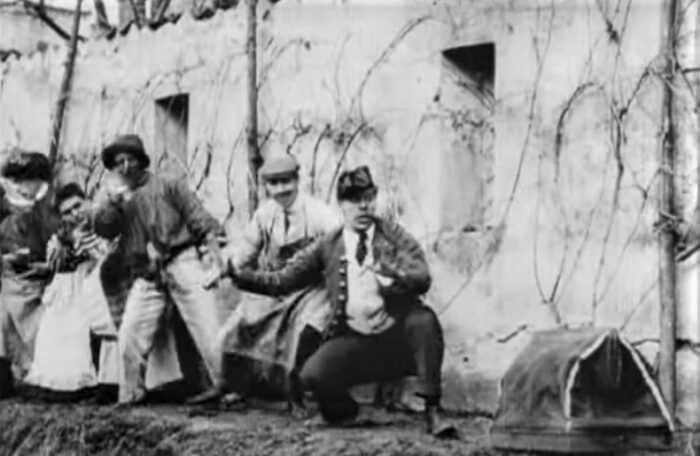
Frankly, I doubt any one director or screenwriter could do an adaptation justice. The best bet for a quality version seems to be a patchwork picture similar to something like Holy Motors (2012) but with sections and scenes put in the hands of filmmakers best suited to make specific moments come to life. Maybe a limited series on some streaming service would suffice.
Jim Jarmusch would know how to make Dublin a character onscreen since he’s done it in features like Only Lovers Left Alive (2013) and Paterson (2016). Director Ryusuke Hamaguchi, who helmed Drive My Car (2021), might do something refreshingly subtle with scenes involving the troubled Bloom marriage. Chloé Zhao showed with The Rider in 2018 she understands “the way space, light and wind reveal character.” Something perfect for the “Nausicaa” beach scenes. Meanwhile, Alejandro González Iñárritu could be great for the surreal did-that-just-happen nature of the “Circe” section.
Granted, such a film risks becoming a disjointed mess. It could end up like Our Robocop Remake (2014) (although it’d be worth it if we got one good scene out of it). But I digress.
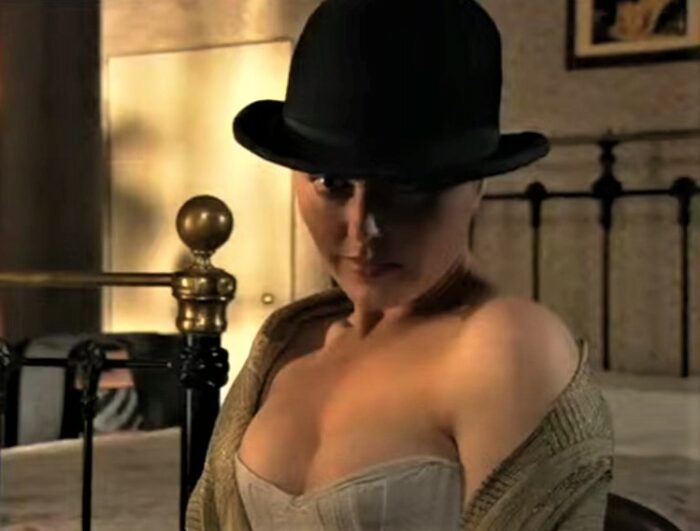
In the early days of motion pictures, people went to penny arcades to watch flickering images that lasted barely a minute. Oddly enough, we’ve almost gone back to those modes of entertainment with things like TikTok. And as such media evolves and becomes ubiquitous, it invariably influences other forms of artistic expression. Although James Joyce’s Ulysses is an amalgamation of several inspirations, it pays to pull it apart, see the individual influences.
Threaded together they create a masterpiece. Individually, they hint at tools other creators can use, but they also suggest cultural history. Instances like the birth of cinema which change how the ordinary becomes extraordinary.


